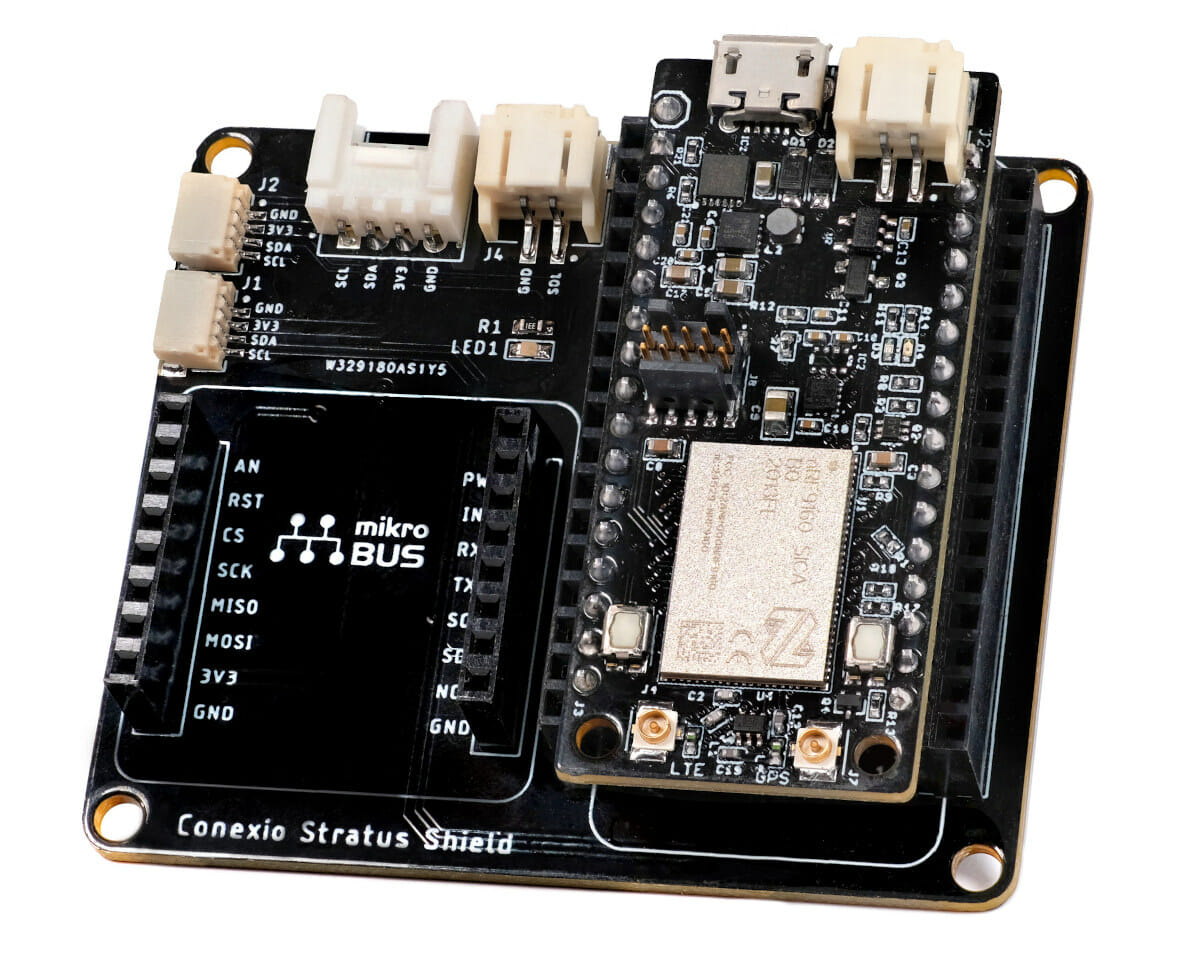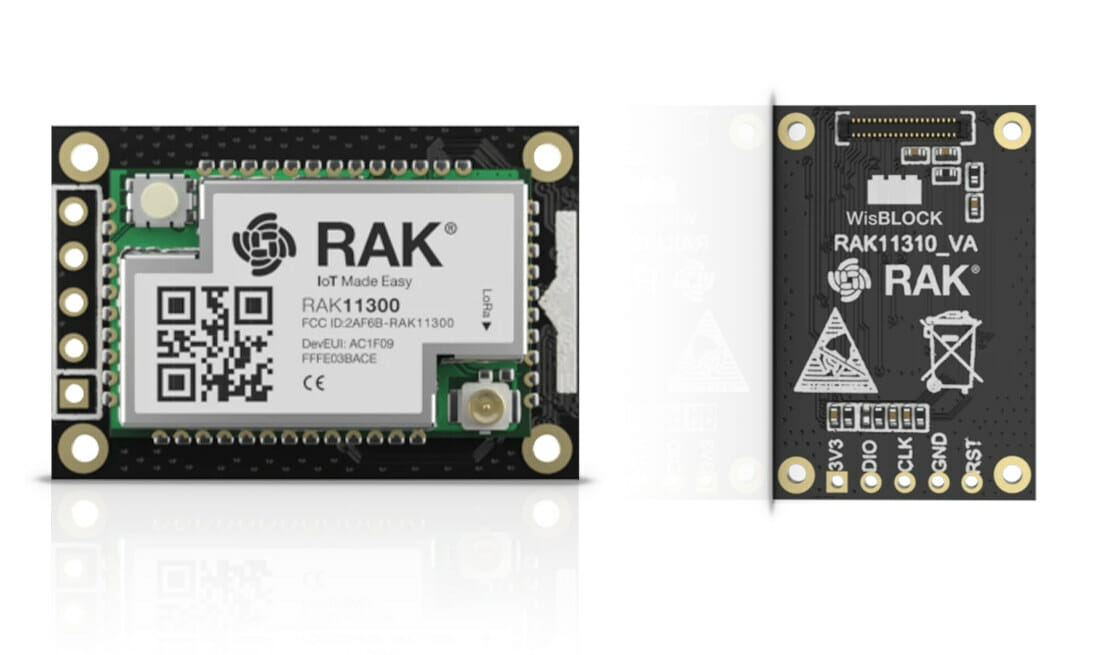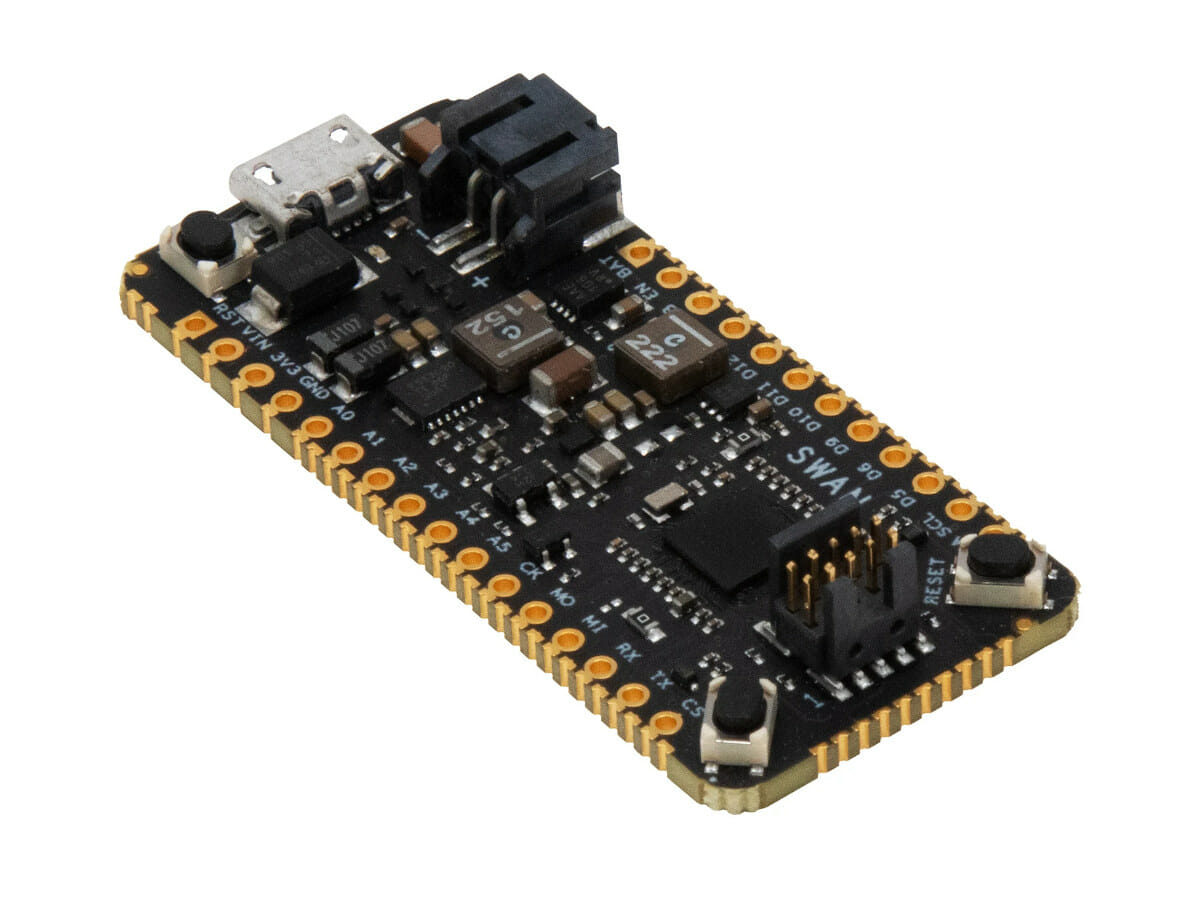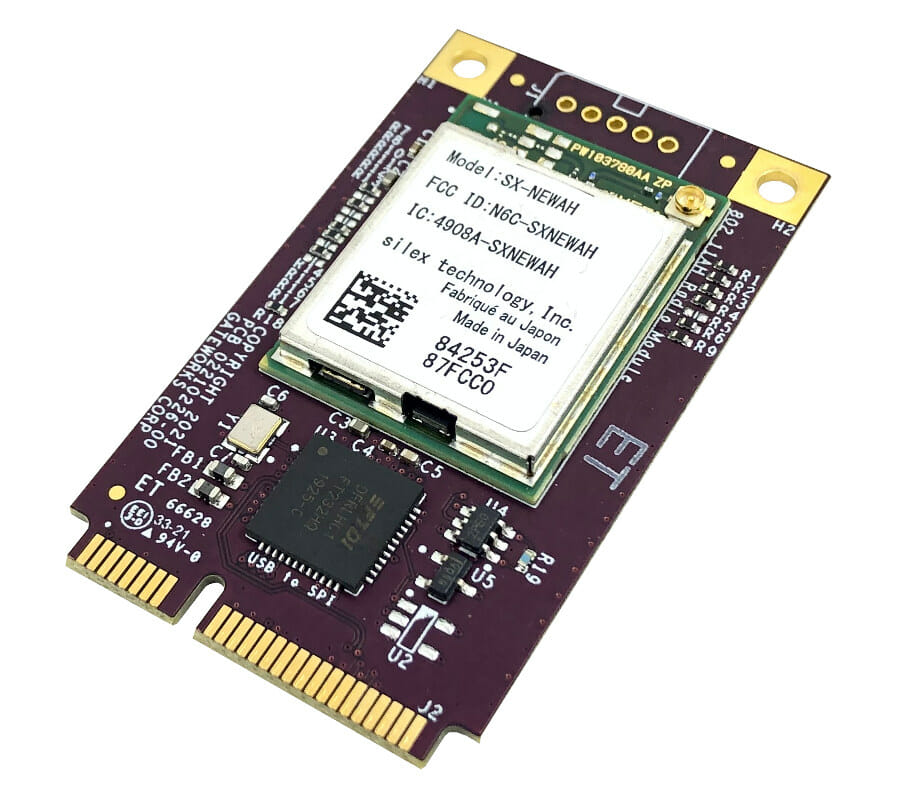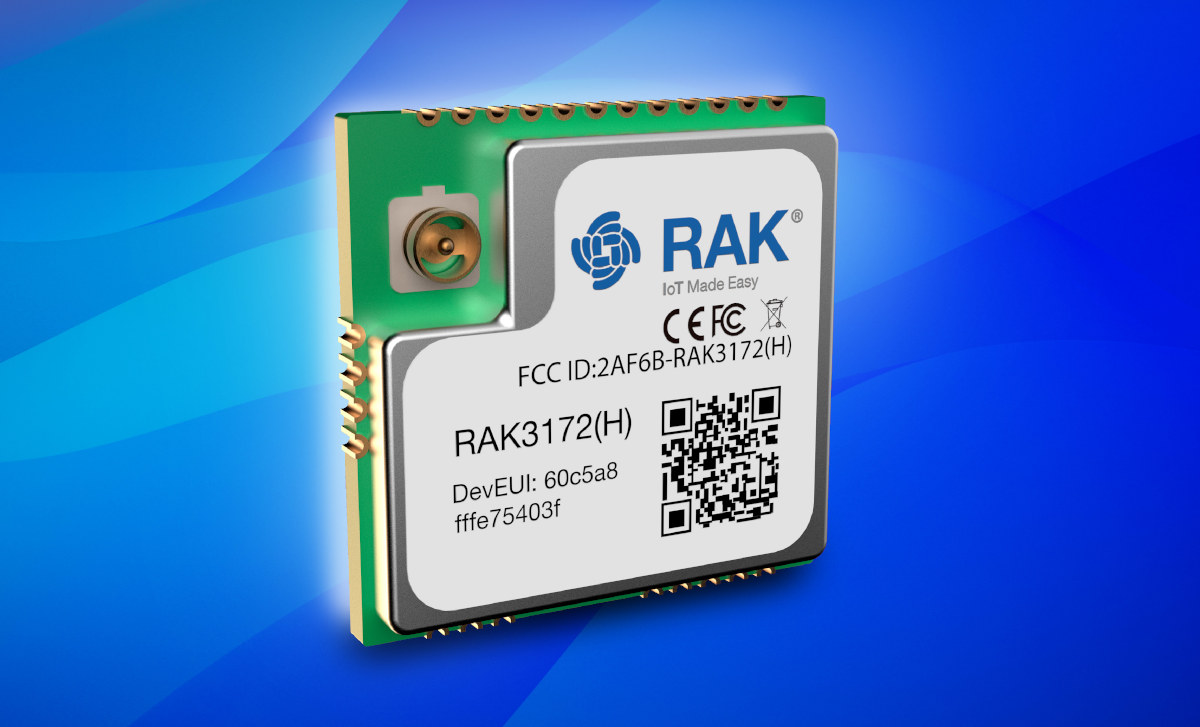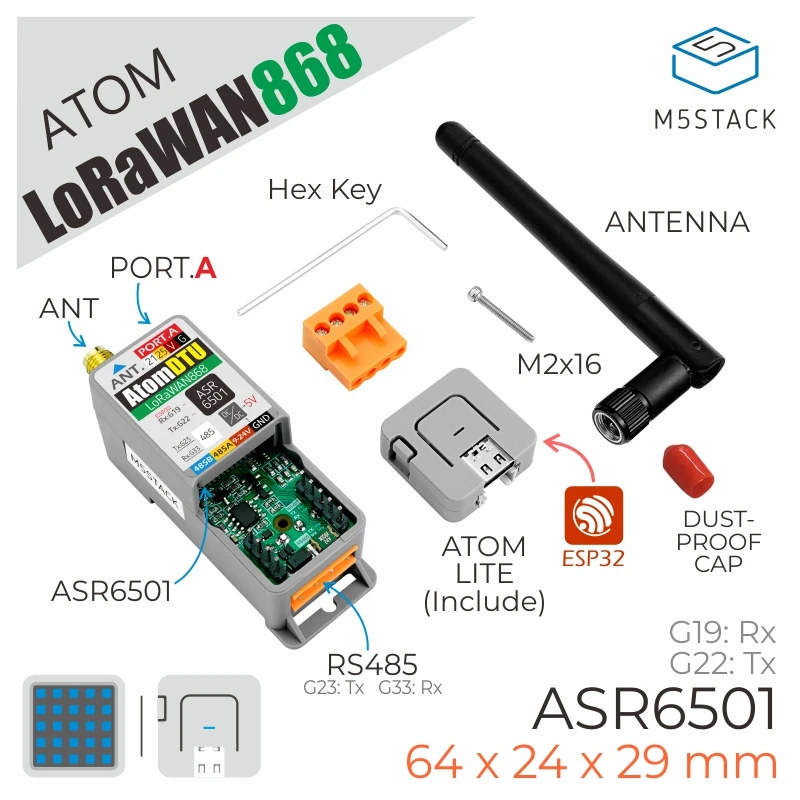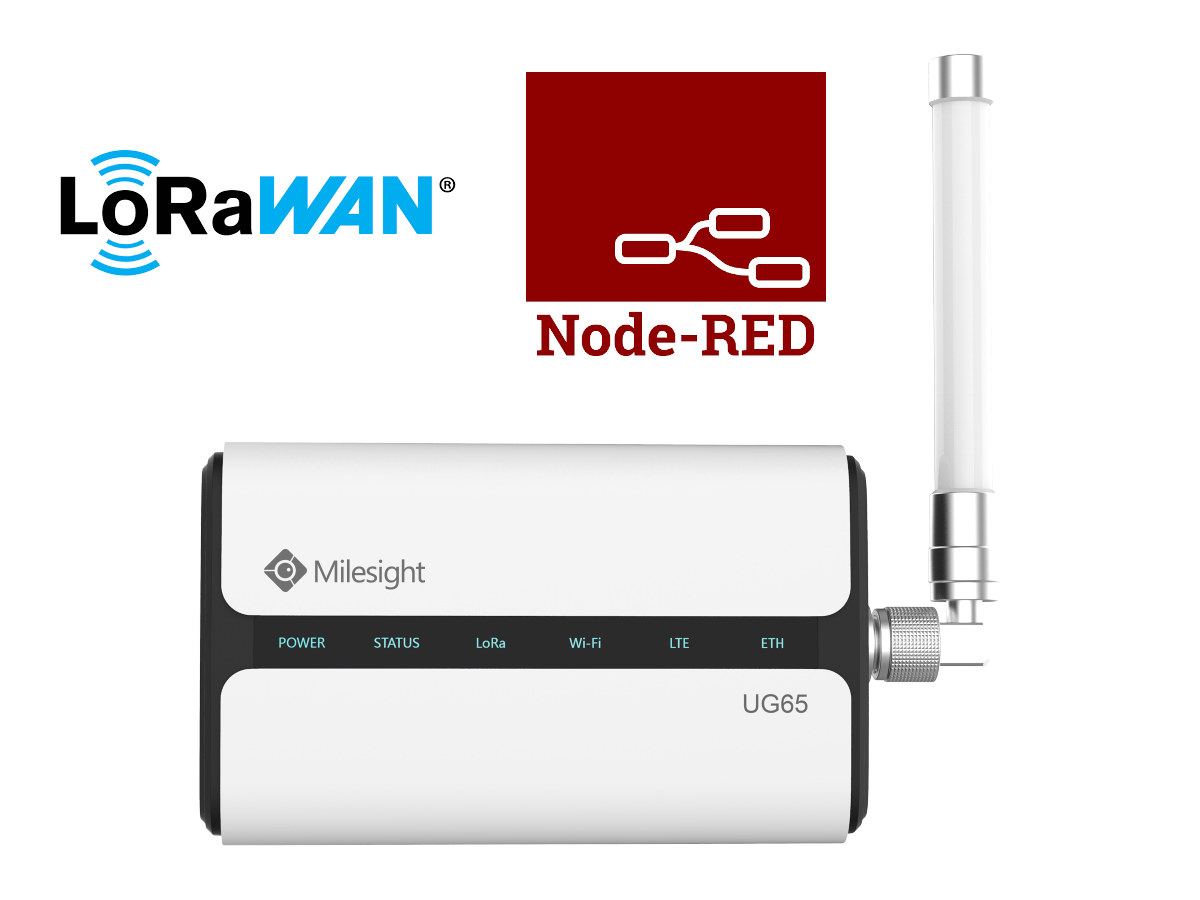Conexio Stratus board is equipped with Nordic Semi nRF9160 System in Package (SiP) with LTE-M (eMTC) & NB-IoT cellular IoT connectivity as well as GPS support through a pair of u.FL connectors for antennas, together with 500MB of mobile data valid for ten years. Designed for battery operation, the devkit comes with built-in battery charging, monitoring, and energy-harvesting circuitry, plus an accelerometer and a temperature and humidity sensor that makes it ideal for prototyping cellular IoT systems such as asset-tracking applications, environmental monitoring, and smart-meter monitoring, among others. Conexio Stratus board Conexio Stratus specifications: SiP – Nordic Semi nRF9160 system-in-package with Arm Cortex M33 MCU, 1 MB Flash, 256 kB RAM, cellular IoT modem, and GPS. Cellular Connectivity 3GPP LTE release 13 Category M1 and NB1 compliant 3GPP release 14 NB2 compliant RF Transceiver for global coverage supporting bands: Cat-M1: B1, B2, B3, B4, B5, B8, B12, B13, B14, […]
RAK introduces Raspberry Pi RP2040 based LoRaWAN core, more Wisblock modules
RAKwireless has just launched the RAK11310 WisBlock LPWAN Module with Raspberry Pi RP2040 MCU and LoRaWAN connectivity, as announced after launching 14 new WisBlock modules for IoT prototyping last July. The RAK11310 module was introduced as part of the “Just Track It RAK Autumn Launch 2021” event together with the smallest WisBlock Base Board so far, as well as 11 new Wisblock modules which bring the total to 47 modules. RAK11310 – Raspberry Pi RP2040, LoRaWAN connectivity RAK11310 specifications: RAK11300 WisDuo LPWAN Module MCU – Raspberry Pi RP2040 dual-core Cortex-M0+ microcontroller @ 133MHz with 246 kB RAM LoRa connectivity SX1262 LoRa transceiver Worldwide frequency coverage RAK11310L – EU433, CN470 RAK11310 – EU868, US915, AU915, KR920, AS923, IN865, RU865 LoRaWAN 1.0.2 protocol stack (supports Class A & C) I/O ports – UART, I2C, GPIO, USB through a “Wisconnector” Debugging – Serial Wire Debug (SWD) interface Supply Voltage – 2.0 V ~ […]
Blues Wireless Swan board adds castellated holes to Adafruit Feather form factor
We’ve often written about Adafruit Feather-compatible boards in the past, but Blues Wireless Swan board is a little different, as the STM32L4-based board comes with castellated holes instead of just through holes which allows the board to expose up to 55 GPIOs, or 36 more pins than a traditional feather-compatible board. The company also introduced the “Feather Starter Kit for Swan” that enables the board to work with the company’s Notecard LTE Cat-M/NB-IoT M.2 modem that ships with 10-year (up to 500MB) of IoT connectivity, as well as GPS/GNSS connectivity. The Swan board Swan specifications: MCU – STMicro STM32L4R5 Arm Cortex-M4 microcontroller clocked at 120Mhz with 2MB of flash and 640KB of RAM USB – 1x Micro USB port for power and programming Castellated holes giving access to 55 GPIO including: 8x analog input 16x digital 4x I2C, 3x SPI 1x USB OTG full speed 1x 14-channel DMA 12-bit ADC, […]
Gateworks GW16146 is an 802.11ah WiFi HaLow Mini PCIe module
Gateworks GW16146 is an 802.11ah WiFi HaLow Mini PCIe card designed to provide long-range wireless to IoT applications utilizing the company’s Venice and Newport single board computers. We first noticed 802.11ah WiFI LPWAN standard operating at 900 MHz for the Internet of Things in 2014, followed by Newracom NRC6101 chip in 2015, and the following year the Wi-Fi Alliance decided to call the new standard “Wi-Fi HaLow“. I was expecting it to compete with the likes of LoRa and NB-IoT, but I have not heard much about it, and when I asked a WiFi module and board supplier earlier this year, they seemed surprised I would even be interested in this type of hardware and, obviously, did not have any… So it’s good to see some new hardware coming out. Gateworks GW16146 specifications: 802.11ah Halow connectivity Silex SX-NEWAH 802.11ah Module based on Newracom NRC7292 System-on-Chip (US only) Compliant with IEEE […]
TTGO T-Motion USB adapter offers LoRa and GPS for under $30
USB adapters are one of the easiest ways to add new features to existing hardware, and if you’d like to add LoRa connectivity and GPS tracking to any device or board with a USB board TTGO T-Motion USB adapter offers just that. Manufactured by LilyGO, the USB dongle is based on AcSiP S76G system-in-package that integrates an STM32 MCU with a Semtech SX1276 LoRa transceiver and GPS into a single. The GPS antenna is placed on the board inside the enclosure, while the external LoRa antenna is connected through an SMA connector. TTGO T-motion specifications: SiP – AcSiP S76G system-in-package with STMicro STM32L073x Arm Cortex M0+ MCU with up to 192 KB of Flash memory and 20 KB of RAM, Semtech SX1276 supporting global 868 MHz or 915 MHz ISM-Bands, Sony CXD5603GF GNSS receiver. Antenna Internal GPS antenna External LoRa antenna Host interface – USB 2.0 male port Misc – […]
$6 RAK3172 WisDuo LoRaWAN module features STMicro STM32WL LoRa SoC
RAK3172 WisDuo is a LoRaWAN module smaller than most coins with 15.5×15 mm dimensions made possible thanks to STMicro STM32WL Cortex-M4 LoRa SoC, which we previously found in Seeed Studio’s $10 LoRa-E5 module and corresponding development boards. But while Seeed Studio relies on STM32WLE5JC SoC with 256KB flash and 64KB RAM in a 73-pin UFBGA package, RAKwireless RAK3172 Wisduo is powered by STM32WLE5CC with the same amount of memory or storage, but in a 48-pin UFQFPN package, and an even lower price at just $5.99 in single units. RAK3172 Wisduo specifications: SoC – STMicro STM32WLE5CC55 Arm Cortex‐M4 MCU @ 48 MHz with 256 KB flash memory with ECC, 64 KB RAM, and a sub-GHz radio based on Semtech SX126x LoRaWAN 1.0.3 specification compliant Supported bands – EU433, CN470, IN865, EU868, AU915, US915, KR920, RU864, and AS923 LoRaWAN Activation by OTAA/ABP LoRa Point to Point (P2P) communication Range – Greater than […]
M5Stack Atom DTU LoRaWAN Kit also supports WiFi, RS485, Modbus communication
M5Stack is known for its ESP32 based building blocks for the IoT with WiFi & Bluetooth wireless connectivity, I/O headers, and block-specific features like a tiny color display, a speaker, a touchscreen display, a camera, and more. The company’s latest product is the M5Stack Atom DTU LoRaWAN Kit based on ESP32 ATOM Lite, as well as ASR Micro ASR6501 LoRa module (SX1302 based) and one RS485 header that allows for industrial communication notably with the Modbus protocol. M5Stack Atom DTU LoRaWAN Kit specifications: Wireless connectivity M5Stack ATOM Lite with ESP32 WiFi 4 and Bluetooth 4.2/5.x dual-core SoC ASR ASR6501 LoRa chip Operating frequency – 868MHz or 915 MHz Transmit power – Up to +21dBm RX sensitivity – Up to -137dBm (SF=12/BW=125KHz) Serial communication – UART 115200bps (AT command) via ESP32 Antenna – SMA antenna connector Power consumption @ 3.3V (from ASR6501 datasheet) Tx @ +21dBm – 106 mA Rx – […]
UG65 LoRaWAN gateway supports Node-RED, up to 2,000 nodes
Node-RED is a popular flow-based, visual programming development tool originally developed by IBM for wiring together hardware devices, APIs, and online services as part of the Internet of Things. But despite being designed for the IoT, I’ve seldom seen Node-RED support for LoRaWAN hardware, the only exception being the Axon platform, a tiny WiFi & LoRaWAN board. But there’s at least one more option with Milestone IoT’s UG65 LoRaWAN gateway, launched late last year, getting a firmware update that adds Node-RED support. UG65 LoRaWAN gateway specifications: SoC – NXP quad-core Cortex-A53 processor @ 1.5 GHz System Memory – 512 MB DDR4 RAM Storage – 8 GB eMMC flash Connectivity LoRaWAN Semtech SX1302 based Fully Integrated Internal Antenna (Optional: 1 × 50 Ω N-Female External Antenna Connector) 8 channels Frequency Bands – CN470, IN865, EU868, RU864, US915, AU915, KR920, AS923 Sensitivity – -140dBm Sensitivity @292bps Output Power – 27dBm Max Protocol […]


